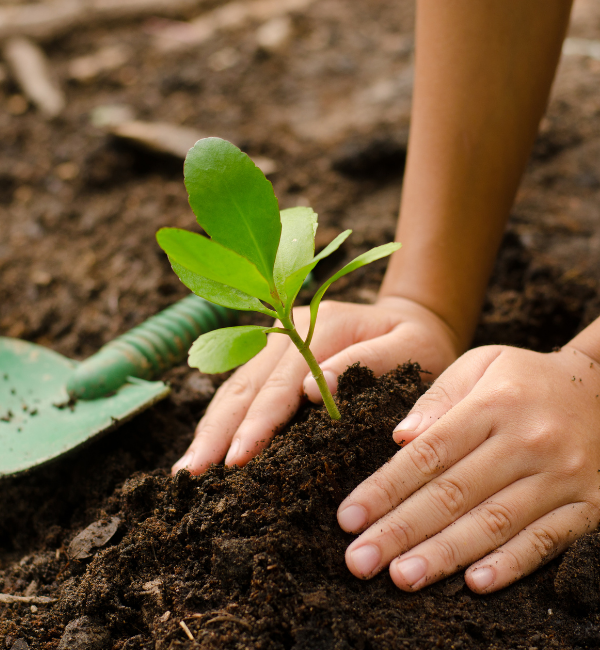Storytime - The Greenhouse Effect


This workshop consists of two parts: a reading of the "Polar Bear, Why is Your World Melting?" by Robert E. Wells followed by a hands-on activity. Using some very ordinary items at home, we're going to learn about the greenhouse effect.
This storytime virtual outreach activity is split into a pre-activity document - i.e., workshop overview and list of materials with preparation instructions for both the volunteer and educator, and PowerPoint presentation with presenter notes to help lead the workshop virtually.
This workshop discusses topics, which can lead to feelings of eco-anxiety among volunteers, educators and youth if not presented in a thoughtful manner. The most important things to remember are to be honest, hopeful, developmentally appropriate, and action oriented. This workshop was created with these guidelines in mind. For more details, refer to the volunteer resource, Being Conscious of Eco-Anxiety.
What You Need
Physical Requirements
- You will need a space that will allow you to comfortably lead the virtual quiz, a stable internet connection, a desktop computer with 1-2 desktop screens, based on your preference, a webcam and a headset with microphone.
- Site coordinators and volunteers participating in online programming must ensure the following if video is recorded or shown: wearing a Let’s Talk Science t-shirt, having a neutral background and trying to avoid open backgrounds where other people may suddenly be visible.
- This activity works best with a partner who can monitor the chat for questions.
Materials
- Plastic baggie
- Seeds
- Piece of paper towel
- Water
- Optional: tape
Pre-Activity Document:
Presentation:
Attachment:
Safety Notes
Ensure you are familiar with Let's Talk Science's precautions with respect to safe delivery of virtual outreach to youth. These precautions can be found in the manual for this activity.
What To Do
- Reading of "Polar Bear, Why is Your World Melting?" by Robert E. Wells.
- Doing the Activity
- Fold the piece of paper towel so that it fits in the plastic baggie.
- Dampen your paper towel with water. Squeeze out the extra water.
- Place your wet paper towel in the plastic baggie.
- Place your seeds on one side of the paper towel. Tightly seal the plastic baggie.
- Place the plastic baggie (now a greenhouse) near a window.
- Optional: tape it to the window so that it is easier to see the seeds grow.
- Wait! Your seeds should start to grow in a few days.
- Record what you see using our observation sheet, or a piece of scrap paper!
Discovery
The plastic baggie will act like a greenhouse. It will trap heat from the sun in the bag. This will make the seeds, beans or peas grow faster.
In real life, greenhouses allow us to produce food quickly and in areas where it is hard for plants to outside. What would happen if we put ice inside a greenhouse? It would melt faster! The same thing is happening to Earth. Human activity is adding greenhouse gases to the atmosphere, which is causing temperatures to rise and arctic ice to melt.
Good news, there are many things you can do to help! You can help pick up litter outside, help in the garden, ride your bike to places and remember to put things in the recycle and compost bins! There are many people working together to help protect the Earth from climate change. If we all do our part, big things can happen!
You can plant your seeds after they have germinated! You will need a small pot or container, soil, water and tweezers. Carefully remove the seedling from the paper towel using tweezers and make a little hole in the soil in a container. Place the seedling in the hole and gently cover it with a little bit of soil (be careful not to cover the leaves!). Leave the container near natural light, water it every few days and watch it grow.
What's Happening?
The plastic baggie will act like a greenhouse. It will trap heat from the sun in the bag. This will make the seeds, beans or peas grow faster.
Why does it matter?
In real life, greenhouses allow us to produce food quickly and in areas where it is hard for plants to outside. What would happen if we put ice inside a greenhouse? It would melt faster! The same thing is happening to Earth. Human activity is adding greenhouse gases to the atmosphere, which is causing temperatures to rise and arctic ice to melt.
Good news, there are many things you can do to help! You can help pick up litter outside, help in the garden, ride your bike to places and remember to put things in the recycle and compost bins! There are many people working together to help protect the Earth from climate change. If we all do our part, big things can happen!
Investigate Further
You can plant your seeds after they have germinated! You will need a small pot or container, soil, water and tweezers. Carefully remove the seedling from the paper towel using tweezers and make a little hole in the soil in a container. Place the seedling in the hole and gently cover it with a little bit of soil (be careful not to cover the leaves!). Leave the container near natural light, water it every few days and watch it grow.